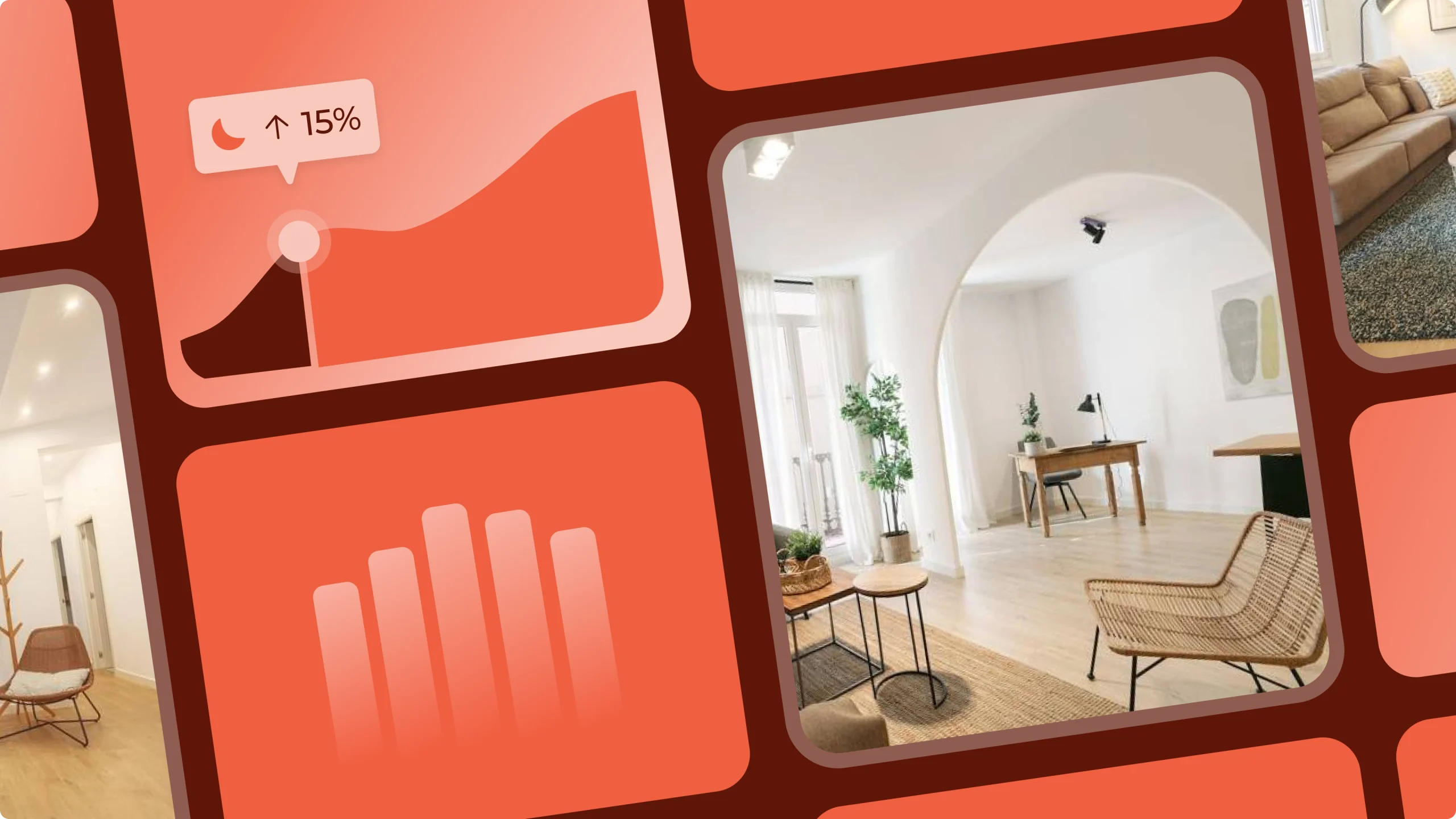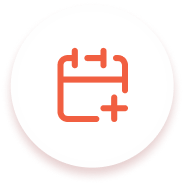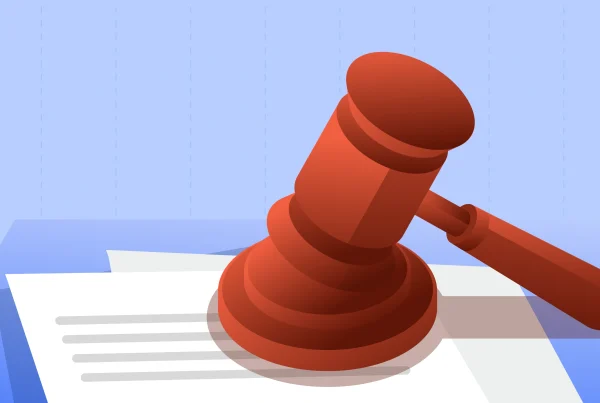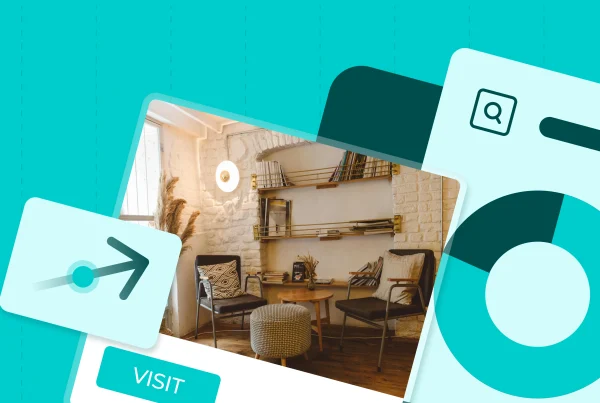Key Takeaways
Average Occupancy Rate Benchmarks: U.S. Airbnb occupancy averages around 55%, while major European cities reach 60%+. Aim to beat your local market’s average.
Tech + Guest Focus: Property management software and excellent guest experiences lead to repeat stays and higher reviews.
Smart Vacation Rental Occupancy Management Strategies: Dynamic pricing, multi-platform listings, and direct booking websites drive more consistent occupancy.
Occupancy + Profitability Balance: Chasing 100% occupancy can backfire if rates are too low. Focus on balancing occupancy with ADR to achieve sustainable revenue growth.
For property managers, one of the most important performance indicators is their vacation rental occupancy rates.
If you manage rentals in the U.S. or Europe, occupancy rates indicate how well your properties are performing compared to the market.
But what is considered a good rate? And how can using software and data-driven strategies help you improve it?
What is a Good Occupancy Rate for a Vacation Rental?
The occupancy rate is the percentage of available nights that are booked by paying guests.
Many rental platforms, including Airbnb, do not publish market-wide average vacation rental occupancy rates.
That said, Airbnb does track nights & experiences booked, ADR, and GBV globally.
| Region | Average Occupancy Rate | Notes |
| United States | 55% | Estimated nationwide Airbnb average in 2024 |
| Europe (urban hubs, e.g., Paris, Barcelona) | 60%+ | Higher in cities with year-round tourism |
| General benchmark | 60%+ | Considered “good”; lower rates may still be profitable if ADR is high (luxury or seasonal markets) |
What Is Considered a Good Airbnb Occupancy Rate in Different Markets and Seasons?
A “good” Airbnb occupancy rate is not transparent. It depends heavily on location, property type, and seasonality.
In major urban markets such as New York, London, or Paris, occupancy can reach above 70% during peak months.
Coastal or seasonal destinations like Florida, the Algarve, or the Greek Islands will usually see summer highs over 80% but winter lows that fall below 30%.
On a national scale, the U.S. average is around 55%, while European city averages typically range between 55% and 65%, with higher performance in year-round tourism destinations.
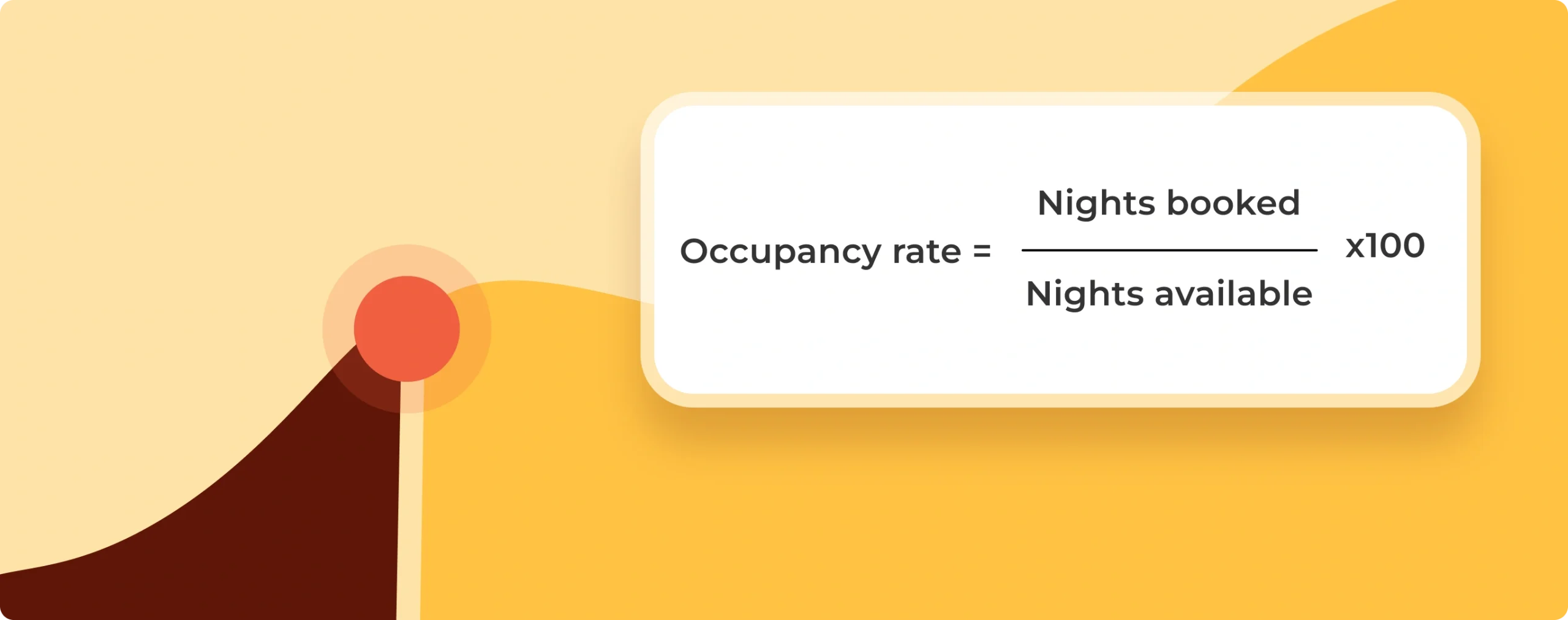
How is Occupancy Calculated?
- Count the number of nights booked by guests in a given period.
- Divide by the number of nights the property was available (excluding blocked nights for maintenance or owner use).
- Multiply by 100 to get a percentage.
For example, if your property was available for 300 nights in a year and booked for 180, the occupancy rate is 60%.
How to Calculate Your Rental Occupancy Rate
Booked nights ÷ available nights × 100.
How Do I Increase My Occupancy Rate?
Improving vacation rental occupancy management strategies is not about getting your calendar booked, but rather about maximizing your bookings and profitability.
Property managers can raise occupancy rates by tuning pricing, marketing, technology, and guest experience.
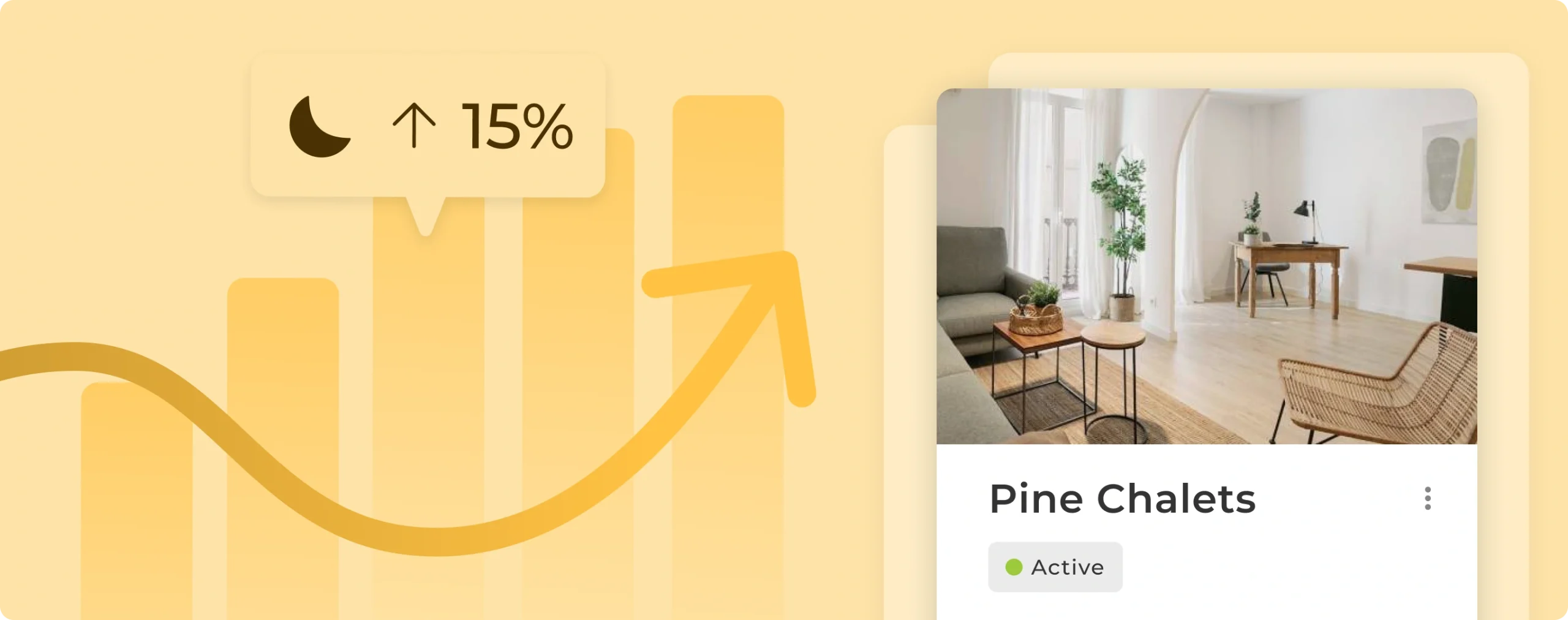
Step 1: Use Dynamic Pricing Tools
Occupancy rates rise when pricing adapts to real market conditions. Using a static nightly rate risks either leaving money on the table or deterring bookings.
- Track demand trends and competitor rates.
- Use automation to adjust prices daily.
- Lower rates strategically during slow periods to attract guests.
- Increase rates during high-demand events or holidays to maximize revenue.
Pros
- Increases booking likelihood in low-demand periods.
- Maximizes income in peak season.
- Saves time with automation.
Cons
- It may confuse owners if not paired with transparent reporting.
- Requires accurate data feeds to avoid underpricing.
With dynamic pricing software, you can balance occupancy and revenue.
Step 2: Diversify Channels and Platforms
Relying on one booking platform will limit your properties’ reach. Airbnb, Booking.com, and Vrbo all attract different guest profiles.
- List on multiple platforms.
- Use a channel manager to sync calendars and rates.
- Evaluate which platforms perform best in your market.
Pros
- Reach a broader audience.
- More resilience against OTA policy changes.
Cons
- It can create double-booking risks if not managed with software.
- Commission fees vary across platforms.
Explore the top vacation rental platforms to identify where your property can perform best.
Step 3: Increase Your Direct Bookings
OTAs generate traffic, but direct bookings will give your rental business independence. A direct-to-booking website gives you control of guest relationships and reduces commissions.
- Launch a professional booking website.
- Optimize it for SEO and mobile use.
- Promote your property through newsletters and social media.
- Offer loyalty discounts for repeat guests.
Pros
- Reduces reliance on OTAs.
- Improves profit margins by cutting commission fees.
- Builds long-term brand value.
Cons
- Requires investment in SEO and digital marketing.
- Initial traffic may take time to build.
Step 4: Invest in Digital Marketing
Your property must be visible in order to gain more occupancy. Without marketing, even well-priced rentals can get overlooked.
- Use targeted Google Ads and social campaigns.
- Optimize listings with local keywords.
- Run seasonal promotions.
Pros
- Increases brand awareness.
- Attracts international guests.
- Complements dynamic pricing by filling low-demand periods.
Cons
- Requires budget allocation.
- Needs regular monitoring for ROI.
Step 5: Take Advantage of Property Management Software
Having an efficient rental business will directly influence occupancy. A guest who experiences quick communication and smooth check-in is more likely to return and leave positive reviews.
- Utilize PMS tools to manage bookings, calendars, and communication.
- Automate owner reports and performance dashboards.
- Use tools that integrate with OTAs, pricing systems, and websites.
Pros
- Saves time with automation.
- Reduces human error.
- Supports scaling across multiple properties.
Cons
- Requires onboarding and training.
- Some features may be underused if staff aren’t trained.
Avantio offers one of the best vacation rental property management systems to help you align your tasks and manage your rental properties with ease.
Step 6: Enhance Your Guests’ Experience
Properties do not get high occupancy rates without strong guest satisfaction. Positive reviews increase visibility on OTAs and boost trust in direct bookings.
- Prioritize cleanliness and maintenance.
- Add amenities for your target audience (e.g., fast Wi-Fi, workspace, pools).
- Automate communication for check-in, reminders, and review requests.
- Personalize stays with small touches (welcome packs, local guides, experiences).
Pros
- Builds repeat guest base.
- Improves search ranking on OTAs.
- Reduces marketing costs through word-of-mouth.
Cons
- Increases operational costs (cleaning, amenities).
- Requires staff training.
Maximize Your Rentals’ Occupancy and Profitability
Improving your vacation rental occupancy rates is about finding the right balance between occupancy and profitability while staying ahead of market trends.
With Avantio’s all-in-one vacation rental software, property managers in the U.S., Europe, and worldwide can unlock new opportunities, increase revenue, and keep properties performing above the market average.
Curious how Avantio can help you increase your occupancy rate?
Schedule a call with one of the team to find out how we support property manager with their occupancy rates.
Schedule a callFAQs
What is a Good Airbnb Occupancy Rate?
- Typically, between 50–60% is average, but 65%+ is considered strong. In Europe’s top cities, rates may exceed 70% in peak months.
How is Occupancy Calculated?
- Divide booked nights by available nights, then multiply by 100.
Does Airbnb Show Occupancy Rate?
- Yes, but only for your listings. For other benchmarks, use PMS reporting tools.
Is High Occupancy Always Best?
- Not necessarily. 100% occupancy might mean your rates are too low. Balancing occupancy with ADR is what will determine sustainable profitability.
What Are Quick Tips to Improve Occupancy?
- Enable dynamic pricing.
- Lower minimum stay requirements in the low season.
- Invest in high-quality photos.
- Promote direct bookings via your website.
